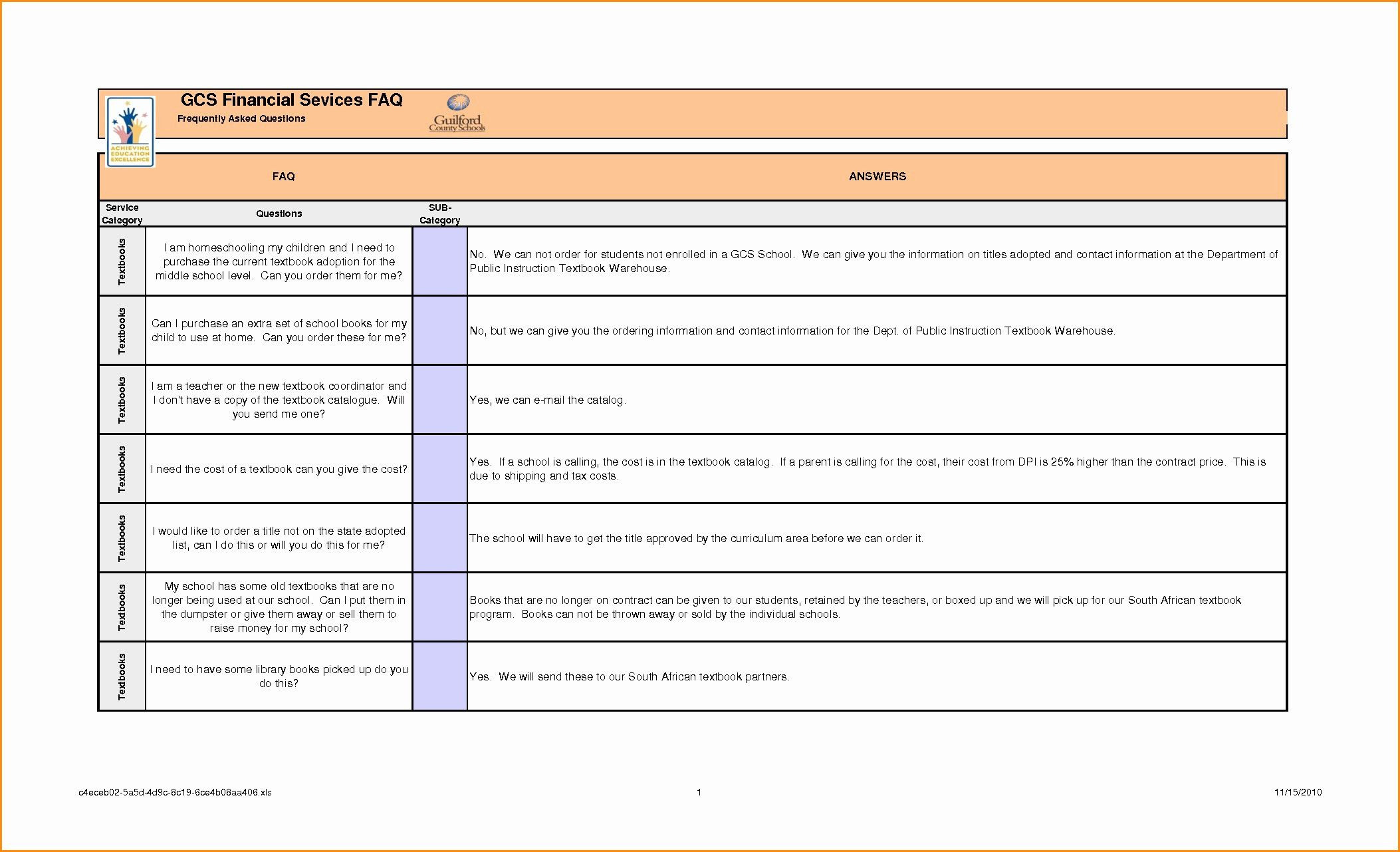Have you ever glanced at your pay stub and felt a wave of confusion wash over you? It’s a common experience, even for seasoned professionals. Those columns of numbers, acronyms, and deductions can seem like a foreign language! But fear not! Understanding your pay stub is key to gaining control of your finances and making informed decisions about your money. This comprehensive guide will illuminate the intricacies of a pay stub, empowering you to decipher its secrets and confidently navigate your financial landscape.

Image: db-excel.com
Think of your pay stub as a financial roadmap, detailing the journey your earnings take on their way to your bank account. It’s a window into your paycheck, providing valuable insights into your income, deductions, and net pay. Armed with this knowledge, you can make informed decisions about budgeting, saving, and financial planning, ultimately securing your financial future.
Decoding the Language of Your Pay Stub
Let’s break down the components of a typical pay stub:
1. Employee Information: This section identifies you as the employee, including your name, address, and employee ID.
2. Employer Information: This section details your employer, including the company name, address, and tax ID number.
3. Pay Period: This indicates the dates for which this pay stub represents your earnings.
4. Gross Earnings: This represents your total earnings before any deductions are made. This includes your base salary, overtime pay, bonuses, commissions, and any other forms of compensation.
5. Pre-Tax Deductions: These deductions are subtracted from your gross earnings before taxes are calculated. Common pre-tax deductions include:
- 401(k) contributions: A retirement savings plan where you contribute a portion of your pre-tax earnings.
- Health insurance premiums: If your employer offers health insurance, you likely contribute a portion of the premium through pre-tax deductions.
- Flexible Spending Accounts (FSAs): These allow you to set aside pre-tax dollars for healthcare or dependent care expenses.
6. Taxes: This section shows the amount of federal, state, and local taxes withheld from your pay. These taxes fund essential government services like education, healthcare, and infrastructure.
- Federal Income Tax: The largest deduction, this tax supports federal programs and services.
- State Income Tax: Some states impose income taxes on their residents.
- Local Income Tax: Some municipalities have their own income tax.
- Social Security and Medicare: These taxes are mandatory contributions to fund Social Security retirement benefits and Medicare healthcare for seniors.
7. Post-Tax Deductions: These deductions are taken out of your pay after taxes are calculated. These may include:
- Union dues: If you are part of a union, your dues may be deducted from your paycheck.
- Retirement contributions: Some employers offer retirement savings plans, allowing you to contribute after taxes.
- Life insurance premiums: If you have life insurance through your employer, the premiums may be deducted from your pay.
- Child support: If you are obligated to pay child support, these payments may be deducted from your earnings.
8. Net Pay: This is the amount of money you actually receive after all deductions have been made. It’s your take-home pay, available to spend on your needs and wants.
Understanding Deductions and Their Impact
Deductions might seem like a drain on your earnings, but they serve vital purposes. Pre-tax deductions, like contributions to a 401(k), reduce your taxable income, leading to lower tax liability. This strategy allows you to save more money for retirement.
Health insurance premiums, while deducted from your paycheck, offer crucial coverage protecting you and your family from unexpected healthcare expenses. It’s important to note that these deductions are often customizable, allowing you to adjust your withholdings based on your personal circumstances and financial goals.
Navigating the Payroll Jungle: Tips for Effective Financial Management
Now that you have a firm understanding of your pay stub, let’s explore practical tips for managing your finances effectively:
1. Track Your Income: Monitor your pay stubs diligently to ensure accuracy and identify any discrepancies. If you notice any errors, promptly contact your payroll department for resolution.
2. Budget Wisely: Use your pay stub information to create a detailed budget that aligns with your financial goals. Budgeting tools and apps can streamline this process, allowing you to track expenses and manage your spending effectively.
3. Maximize Savings: Regularly allocate a portion of your net pay to savings. This practice builds financial security, allowing you to handle unexpected expenses and pursue long-term financial goals like purchasing a home, investing for retirement, or funding your children’s education.
4. Make Informed Decisions About Deductions: Review your pay stub periodically to ensure your deductions are aligned with your financial objectives. Consider adjusting pre-tax deductions to maximize savings or optimize your tax strategy.
5. Consult with a Financial Advisor: If you’re unsure about navigating your pay stub, seeking advice from a qualified financial advisor can provide valuable guidance. They can help you develop a personalized financial plan, manage debt, and invest wisely.

Image: wordworksheet.com
Reading A Pay Stub Worksheet Answers
Conclusion: Taking Control of Your Money
Understanding your pay stub is not just about deciphering numbers and acronyms; it’s about taking control of your finances and making informed decisions about your money. By unraveling the mysteries of your pay stub, you unlock the keys to financial empowerment, paving the way for a brighter financial future. Don’t hesitate to reach out for assistance or further information. Your financial journey begins with understanding your pay stub, its components, and their impact on your financial well-being.






